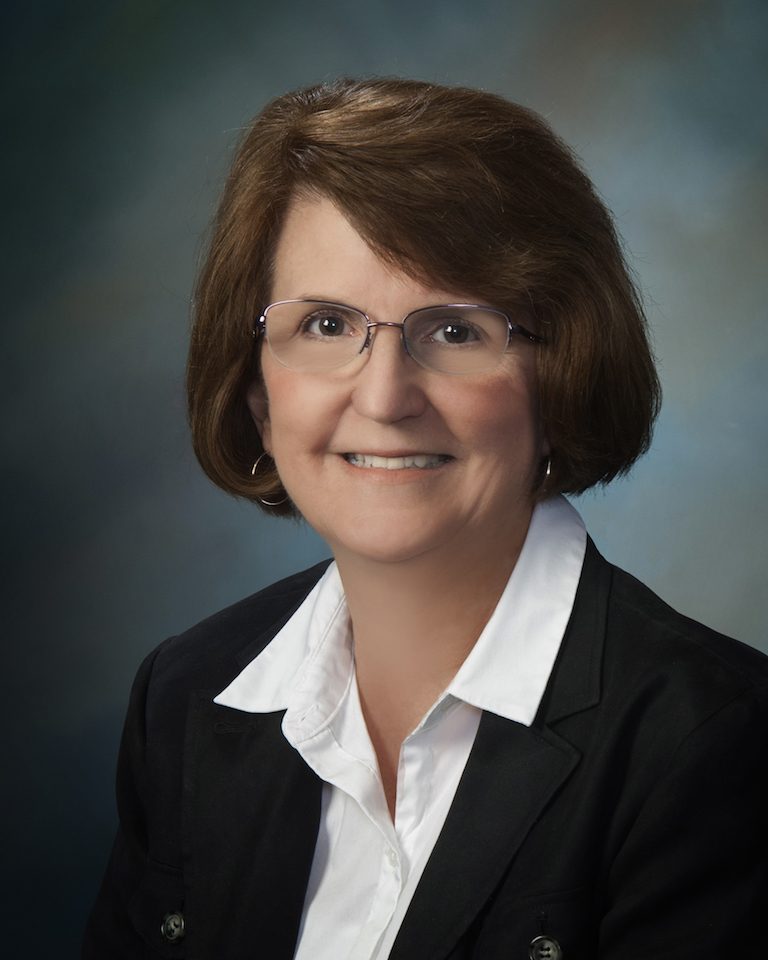Where is O’Connor Insurance?

At the San Antonio, TX Community Association Law Seminar staying on top of the latest legal developments to better serve our #community #association clients!

At the San Antonio, TX Community Association Law Seminar staying on top of the latest legal developments to better serve our #community #association clients!
Karen O’Connor Corrigan, CIC Who, What, When, Where, How, and Why are Homeowners Insurance Policy Prices Soaring or Getting Cancelled? The short answer is the weather-driven destruction and inflation for the cost of repairs or reconstruction. Insurance companies are paying…
Extreme winter weather, in and around St. Louis, hit Condominium associations extremely hard. Absent traveling homeowners during the holidays, left homes unprepared for the record cold and windchills of 20 to 25 below zero. As a result, pipes began bursting,…
Agency Nation Radio invites O’Connor Insurance President Karen O’Connor to discuss her expertise on insuring multi-family housing in today’s challenging market. Karen O’Connor Corrigan, president and owner of O’Connor Insurance in St. Louis and one of the foremost experts on…

A valued employee since 1994, Mary Perkins, Senior Personal Account Manager, steps into the Employee Spotlight! How did you get into the insurance industry? I was looking for a different job and a family member who was in the insurance…
Calling all the 2020 Karens, Zoombombers, superspreaders, Trumpers, social unrest protestors, cancel culture conspirators, herd immunity participants and essential workers to move out of the way. We are flattening the curve and shifting to the next catchphrase, social inflation. This…

There is no magic formula to determine how high we should go when offering our clients umbrella limits. If you follow the verdicts, it appears the sky’s the limit. We will explore some jury awards, umbrella involvement, and what can…

Just like swimming pools and sunburns, a sizzling grill is a symbol of summer, but grilling isn’t just about great food. Backyard barbecues often create treasured memories with friends and family. Keep in mind, however, that when you grill, you’re…